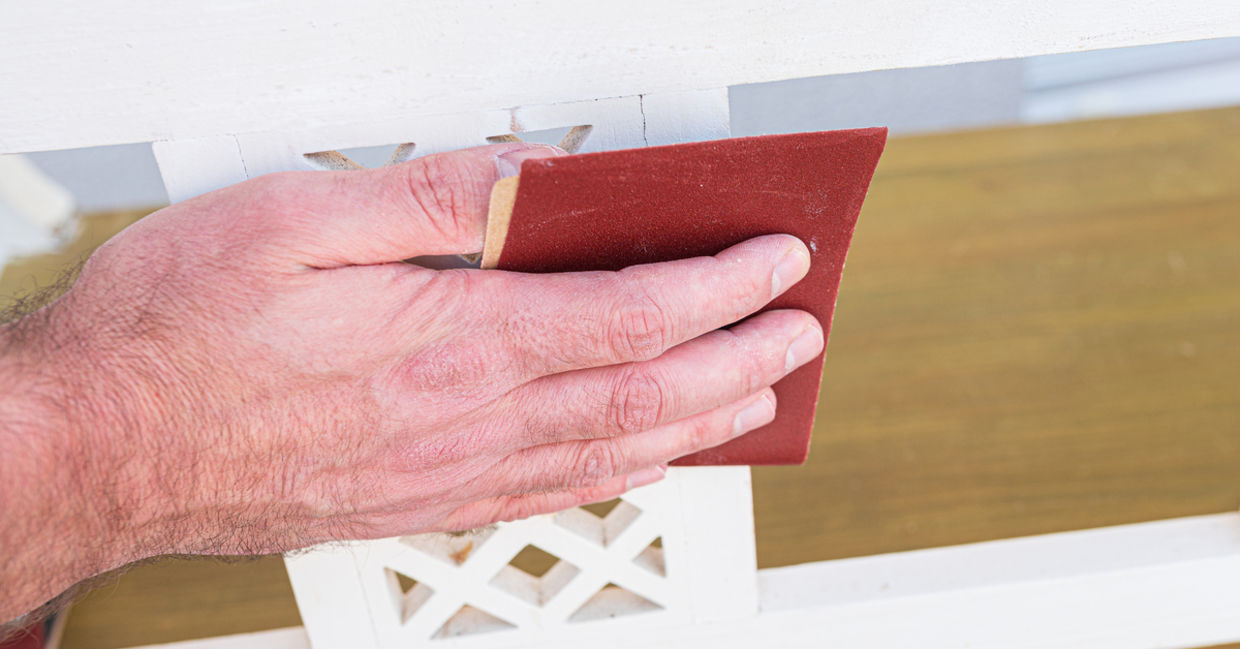
(Christian Horz / Shutterstock.com)
Making useful things with your own bare hands can be extremely satisfying and increase your happiness quotient, especially when they are good for the environment. Whether it's repurposing recyclable objects or building simple devices from scratch, these green DIY projects are a great chance to get creative and save the planet at the same time.
1. HANGING VERTICAL VEGETABLE PATCH
Make the most of an old hanging shoe organizer by turning it into a space for growing fresh vegetables.
WHAT YOU WILL NEED:
Hanging pocket shoe organizer
Pole and attachments (curtain pole or pipe fittings, screws)
Utensil hanging hooks
Compost
Selection of plants or seeds
Piece of wood 2"x2" as long as the width of the pocket store to keep the base of pockets away from the wall
HOW:
1. Attach pole with metal fittings to a shed or wall.
2. Use strong hooks or wire to attach the shoe store.
3. Pour water into the pockets to check the drainage, if they don't drain then make a few small holes in each of the pockets.
4. Fill each pocket with compost.
5. Add plants or seeds.
SOURCE: Instructables
2. NATIVE BEE HABITAT
The disappearance of bee colonies poses a serious threat to how our fruits and vegetables are grown. Play your part in solving the issue by building this super simple habitat to house native bees in your area.
WHAT YOU WILL NEED:
Scrap wood
A drill
Drill bits ranging from 3/32" to 3/8"
HOW:
1. Take the scrap wood and drill holes that go in roughly 3-4″ deep. Space the holes at least 3/4″ apart.
2. Turn the bee habitat over, so the holes face the ground, and tap out any wood shavings from inside, so the bees will have a nice, spacious home.
3. Place the bee habitat in your backyard, making sure to choose a place where the holes can face south or southeast, so they get morning sun.
SOURCE: Crafting A Green World
3. PLASTIC BOTTLE HERB PLANTERS
Made from plastic bottles, these easy to assemble herb planters will form a self-watering garden in your home.
WHAT YOU WILL NEED:
Marker
Sturdy 1-liter plastic bottles with caps
Utility knife
Scissors
Label remover or vegetable oil
Potting soil
Herb seedlings
HOW:
1. For each planter, mark a line 5 inches from the bottle's base. Use the utility knife to puncture the bottle at the mark, then use scissors to cut all the way around the bottle at the mark.
2. Remove the label, using the label remover or vegetable oil to get rid of any extra adhesive.
3. With the cap in place, invert the bottle's top portion and insert it into the base. Fill it part way with soil.
4. Transplant a seedling, adding soil and pressing it gently until the seedling is secured in the planter.
5. Lift out the soil-filled top portion and remove the cap. Add about an inch of water to the planter's base, enough to cover the lip of the inverted bottle top when you replace it.
6. Give the seedling some more water to help it get established, then place it in a sunny spot.
7. Following the care instructions that came with the herb, add water as needed to the planter's base.
SOURCE: Spoonful
4. COMPOST BINS FROM RECYCLED PALLETS
Put some old pallets to good use by making an organized space for composting your garden waste.
WHAT YOU WILL NEED:
Wood screws
Chicken wire
Black plastic
Shipping pallets
Door hinges
HOW:
1. Screw the pallets together to create a three-sided box with a floor. Line the box with chicken wire, stapling the wire to the wood.
2. Attach the remaining pallet to the top, affixing the hinges so that you can open the top of the bin. The top will prevent leaves from blowing away.
3. Cover the top with black plastic.
4. Place the finished compost bin on bare ground.
SOURCE: DIY Network
5. FUSED PLASTIC COASTERS
Plastic bags pose a great risk to the environment because of the extremely long time it takes for them to disintegrate. These coasters are a creative way to use up plastic bags you have lying around.
WHAT YOU WILL NEED:
At least 3 thick plastic bags
An iron
HOW:
1. Set the iron for 3.5 or near 'Rayon' setting.
2. Cut handles and bottom seam off bags, and cut down one side seam to obtain a flat piece of plastic.
3. Depending on the thickness of your bags, you'll need about 6 layers, which is either 3 bags cut in half, or 6 bags totally disassembled and flat.
4. Lay a piece of unprinted paper on the ironing board, place your six layers on top of the paper, and another piece of paper between the iron and the plastic.
5. Work in a well ventilated area as melting plastic can emit fumes!
6. Working in sections, iron each section for 10-15 seconds. This should fuse the first few layers.
7. Within the small sections, move the iron around as much as possible. If you hold the iron in one place for too long, you'll get dimples where the steam holes are. It is recommended to iron in straight lines to keep track of where you've been.
8. Don't lift the iron to check the progress until you've counted 10-15 seconds, and then check on the sides.
9. After working on one side,flip the plastic over and iron the second side too.
10. Layer bags according to what you'd like to see on the outside.
11. Find a round object that is the size of the coaster you'd like to make and use that to trace circles onto your plastic fabric.
12. Use scissors to cut out the circles.
SOURCE: Creative Jewish Mom






